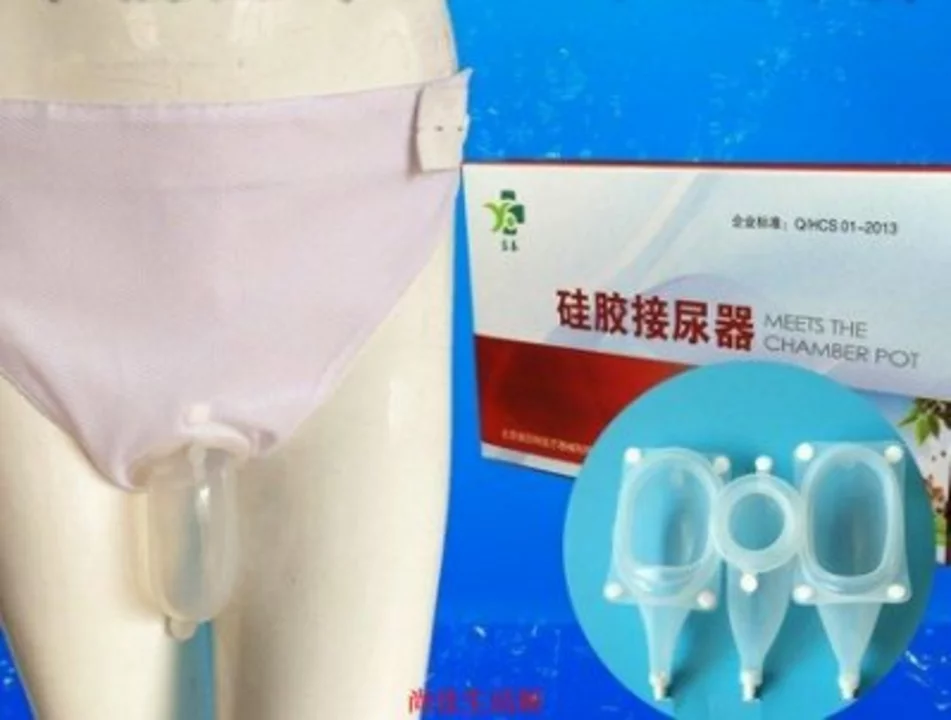Hydration: How to Drink Smart for Health and Energy
You can lose 1–2% of your body water and already feel slower, more tired, or foggy. Hydration isn't just thirst — it's how your brain, muscles, digestion and mood stay steady. Use simple rules to avoid problems without overthinking every sip.
Adults generally need about 2 to 3 liters of fluids daily, but your weight and activity change that. A quick rule: aim for roughly 30–35 mL per kilogram of body weight per day. So a 70 kg person would target about 2.1 to 2.45 liters. If you sweat a lot, add 300–600 mL per hour of exercise depending on intensity.
Signs of dehydration and when to act
Watch for dry mouth, dark urine, dizziness, headache, fast heart rate, or low urine output. Kids and older adults get dehydrated faster. If someone is faint, confused, can't keep fluids down, or hasn't urinated for eight hours, get medical help. For mild dehydration, start sipping a rehydration drink and rest.
Practical hydration tips that work
Keep a bottle where you live and one at work. Sip steadily rather than gulping. Add flavor without sugar: a squeeze of lemon, a few cucumber slices, or mint makes plain water easier to drink. Set simple triggers: drink after every bathroom break, before meals, and right after you wake up.
Electrolytes matter when you lose a lot of sweat. For workouts under an hour, water is usually enough. For long or hot sessions, use a sports drink or make a basic oral rehydration mix: about half a teaspoon of salt and six teaspoons of sugar in one liter of water can replace lost salt and glucose for many people. Avoid drinks high in caffeine or alcohol when rehydrating — they can pull water out of your body.
Certain medicines raise your risk of dehydration. Diuretics, some blood pressure drugs, laxatives, and SGLT2 diabetes medicines increase fluid loss. If you're on those, check with your clinician about fluid targets and monitoring.
Food counts. Water-rich foods like watermelon, oranges, cucumber, and broth-based soups add hydration and electrolytes. Dairy, smoothies, and herbal teas also help. Be careful with very sugary or salty snacks that can increase thirst and make hydration harder.
Track progress simply: aim for pale straw-colored urine most of the day. If urine is dark, drink more. If you feel bloated despite high fluid intake, cut back a little and spread drinks across the day.
Want a quick plan? Morning: 300–500 mL. With meals: 200–300 mL each. During work: sip 150–200 mL every hour. Exercise: add targeted amounts based on sweat rate. Adjust for heat and illness.
Small changes beat big promises. Pick 2 tricks above, try them for a week, and notice energy, focus, and digestion improve. If you have kidney disease, heart failure, or other medical limits on fluids, follow your doctor's plan rather than these general tips.
Questions about hydration and medications? Use our site search or contact a healthcare professional for personalised advice today and guidance.

